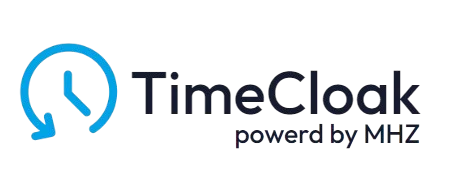Hubstaff has become a go-to solution for employers to monitor their remote teams. It tracks mouse movement, takes screenshots, and logs app activity. But for freelancers and remote workers, this constant surveillance often feels invasive. You’re not just being managed — you’re being watched.
That’s where TimeCloak comes in. Its Invisible Cloak feature makes time tracking stealthy and user-controlled, giving professionals an ethical way to protect their time and focus. If you’re looking to bypass Hubstaff, this guide shows how TimeCloak helps you do it — cleanly and confidently.
The Problem with Hubstaff
Hubstaff does more than track time — it captures screenshots, logs app usage, and even monitors keystrokes. While it’s marketed as a productivity enhancer, it can feel more like digital micromanagement.
TimeCloak flips that model. Rather than monitor your every move, it helps you appear active while focusing on actual work. It’s the ideal Hubstaff alternative for remote professionals who need space to deliver results — not justify every click.
What Is Invisible Cloak?
Invisible Cloak is TimeCloak’s most powerful feature. It simulates real activity — from mouse movements and keystrokes to tab switching — without being detected by software like Hubstaff, Jira, or Apploye.
Invisible Cloak includes:
- Cursor drift patterns based on human behavior
- Interval-based simulated input
- Idle-time triggers that reactivate movement
- Stealth mode that avoids detection from screenshots
Learn more about how it works in Invisible Cloak Mode.
Why Freelancers Prefer TimeCloak
Freelancers and contractors working on platforms like Upwork often feel pressure to stay visually active. Hubstaff punishes inactivity, even if the work is happening mentally — like reading specs or planning code.
TimeCloak fixes this by:
- Simulating low-key activity during thinking or breaks
- Making you appear present without constant movement
- Allowing full customization of screen interaction rates
- Preventing suspicious patterns that raise flags
It’s not about cheating — it’s about avoiding outdated metrics that don’t measure true value.
How TimeCloak Beats Hubstaff’s Features
Hubstaff offers:
- Time logging
- Screenshots
- Activity rate scoring
TimeCloak offers:
- Automated activity simulation
- No data collection or cloud sync
- Invisible operation that avoids detection
- Support for multiple apps like Clockify, RescueTime, and TimeDoctor
See the full feature list on our product overview page.
Who Uses TimeCloak?
TimeCloak is ideal for:
- Developers working across multiple projects
- Designers who use breaks for creative recovery
- Digital marketers who toggle between research and execution
- Remote team members seeking privacy
If you’ve ever felt frustrated by rigid systems like TimeTrack, Toggl, or Harvest, TimeCloak gives you the freedom to reclaim your workflow.
Real Stories from Real Users
One freelancer said:
“Hubstaff made me feel like I had to perform for the camera. TimeCloak gave me the ability to deliver without stress.”
You’ll find more testimonials on our About MHZ page.
Switching Is Easy
Installing TimeCloak takes less than two minutes. There’s no root access or complicated onboarding. Once active, it begins simulating user behavior intelligently — even if you’re idle.
Compare plans on our pricing page or download TimeCloak now to try it free.
Additional Use Cases
- Neutralize time tracking during deep work
- Block screen trackers while researching
- Simulate keystrokes while brainstorming
- Bypass surveillance tools ethically
Final Thoughts
Time tracking should never feel like surveillance. With TimeCloak, you no longer have to perform for a camera or justify every scroll. Instead, you can let the results speak for you.
Compare with Hubstaff’s official feature set
